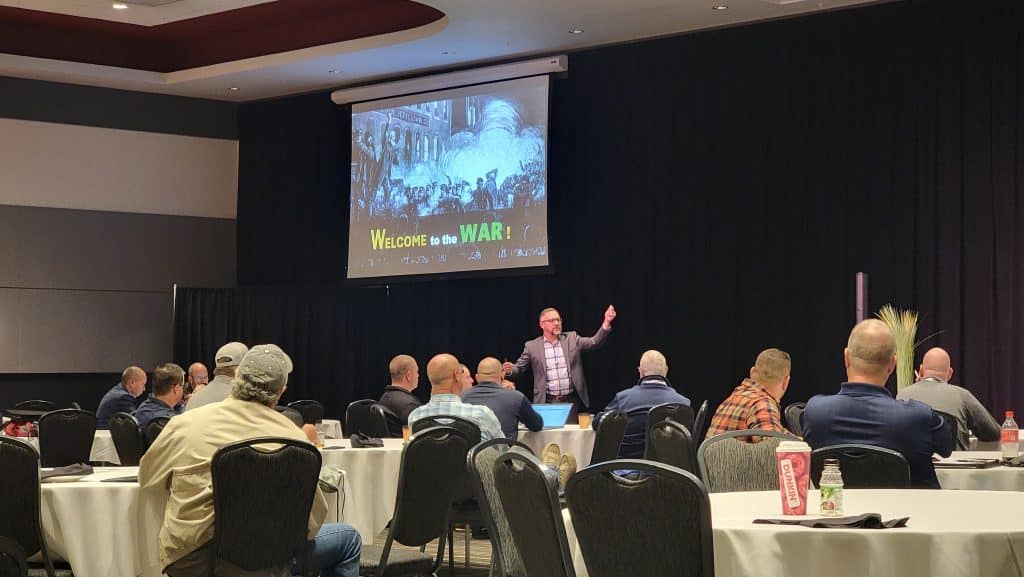SMART-TD Local 1715 members working for the Charlotte Area Regional Transit System (CATS) have won a significant victory in the fight for fair vacation pay. The company had tried to manipulate vacation policies, shortchanging our bus members, but thanks to the hard work and dedication of General Committee 1715 and General Chairperson Christy Kiser, along with the support of SMART-TD Vice President Alvy Hughes, our members’ rights have been fully restored.
Company Tried to Shortchange Bus Operators
CATS made a series of changes to their vacation rules that negatively affected some of their bus operators. Specifically, Operators who switched from working four 10-hour days to five 8-hour days were not receiving their earned vacation time. CATS tried to exploit a “gray area” in the rules to pay vacation in hours instead of full days. This decision was made without any consultation with the union and violated their agreement, affecting 35 bus operators.
CATS thought this would be too small for us to challenge, but they were wrong. As Vice President Hughes said, “What is wrong is wrong, even if it only affects one of our brothers or sisters. This organization will step in and do what it takes to make things right for our members, no matter how many people we are talking about.”
Transit Union steps in
When they learned about this, Kiser and Hughes demanded that CATS return to the practice outlined in the collective bargaining agreement, which says that operators shall be paid in full for their vacation days, regardless of their work schedule.
After negotiations and successful mediation, the company signed a Memorandum of Understanding (MOU) to pay the difference in vacation hours that were initially withheld. Operators will receive the full amount of vacation pay they were owed, and they will also have the choice to cash out any unused vacation time.
This ruling will remain in effect through the rest of the current contract, ensuring all members are treated fairly.
Know your contract, stand up for what is yours
This victory reinforces the importance of standing up for what is right and ensuring that companies don’t take advantage of us. Thank you, Sister Kiser, for your excellent work and that of your committee and all members of Local 1715!
Companies and management don’t learn anything fast, but if we stay diligent, they will come to accept that they can’t take what belongs to SMART-TD members!

